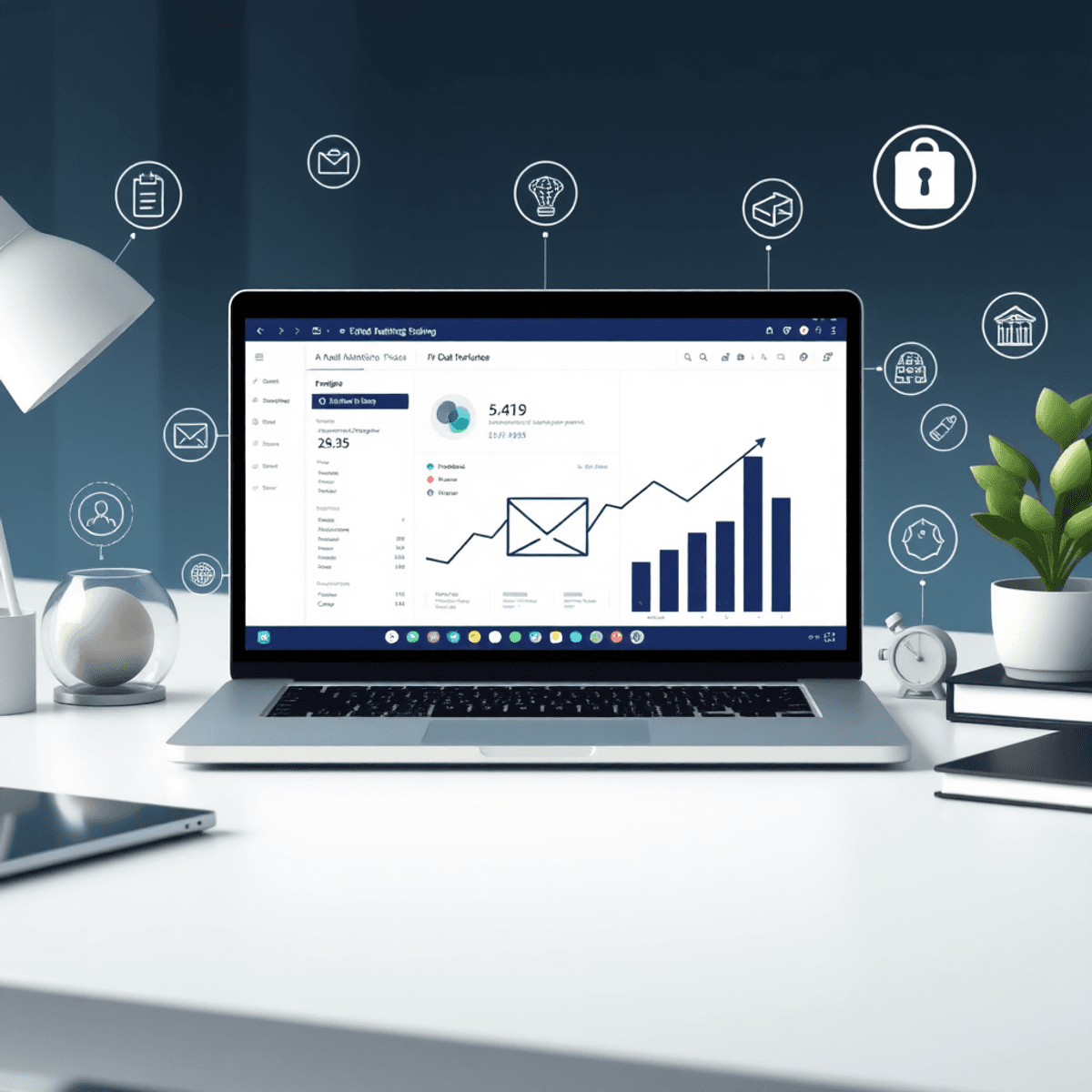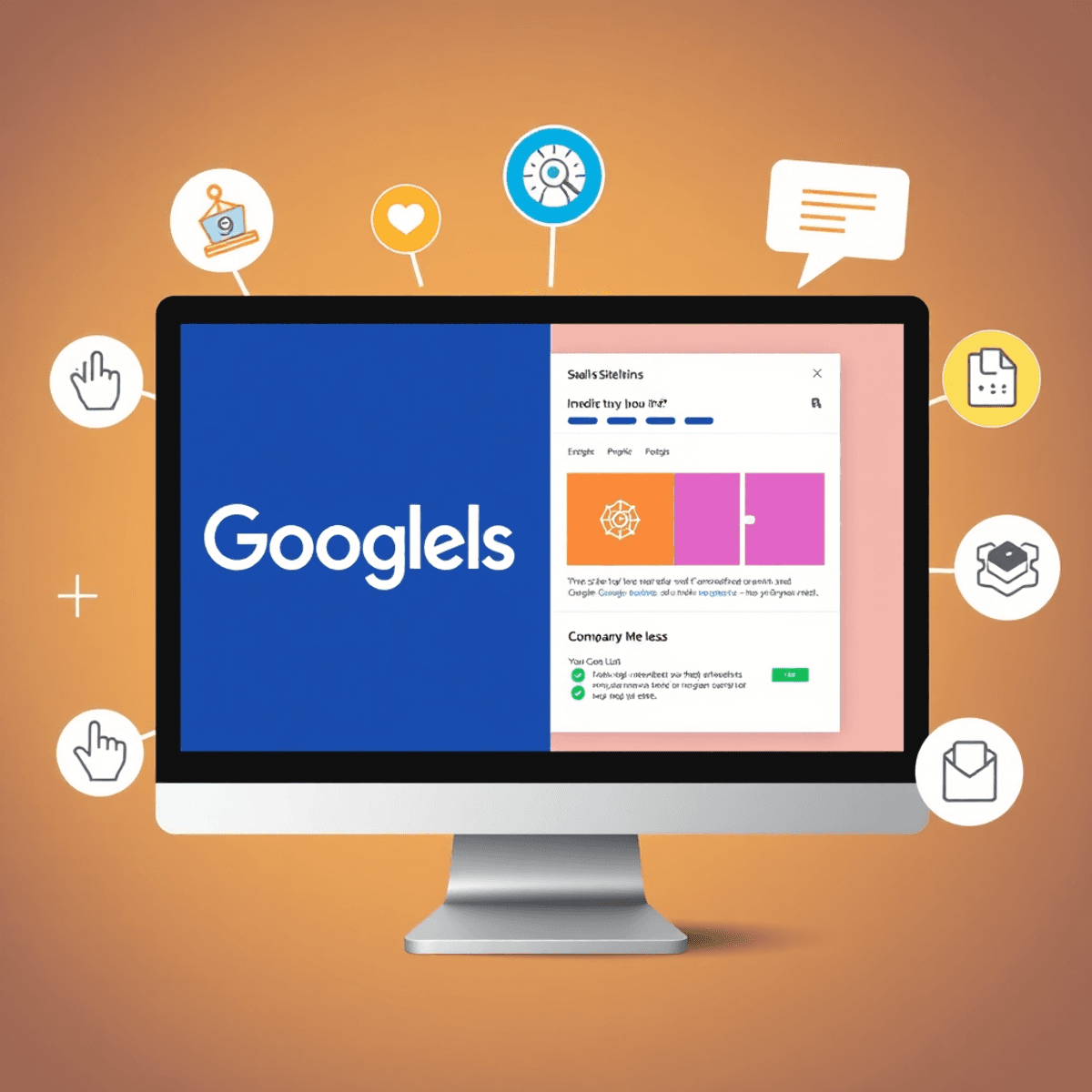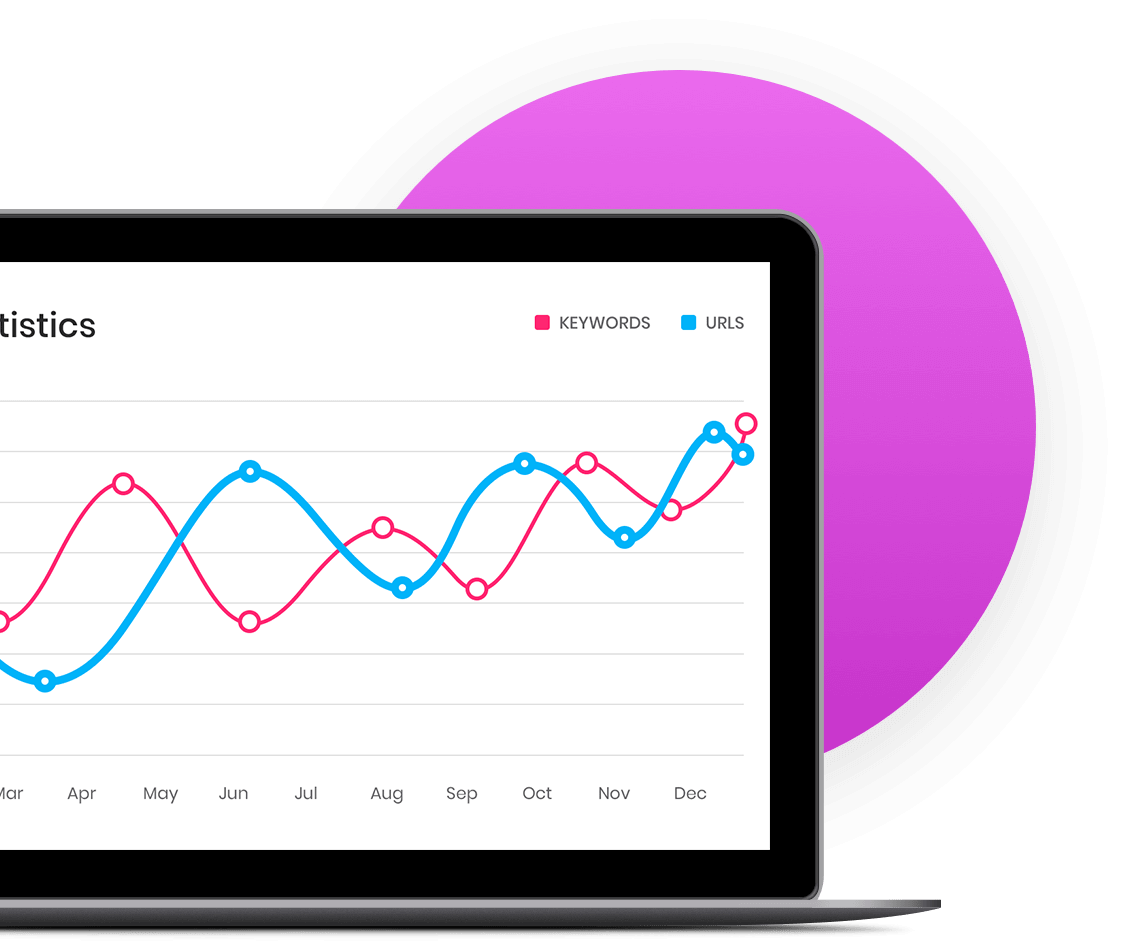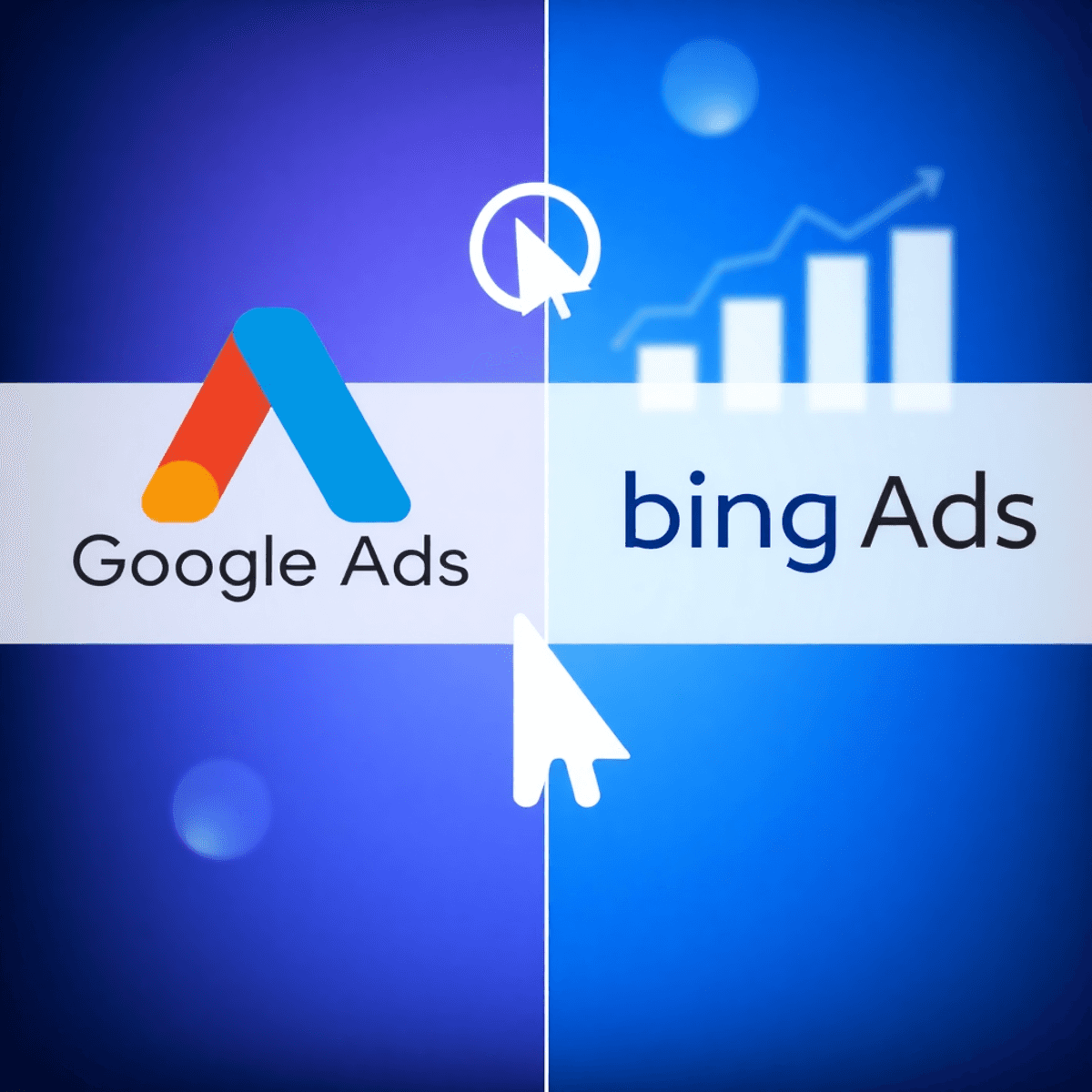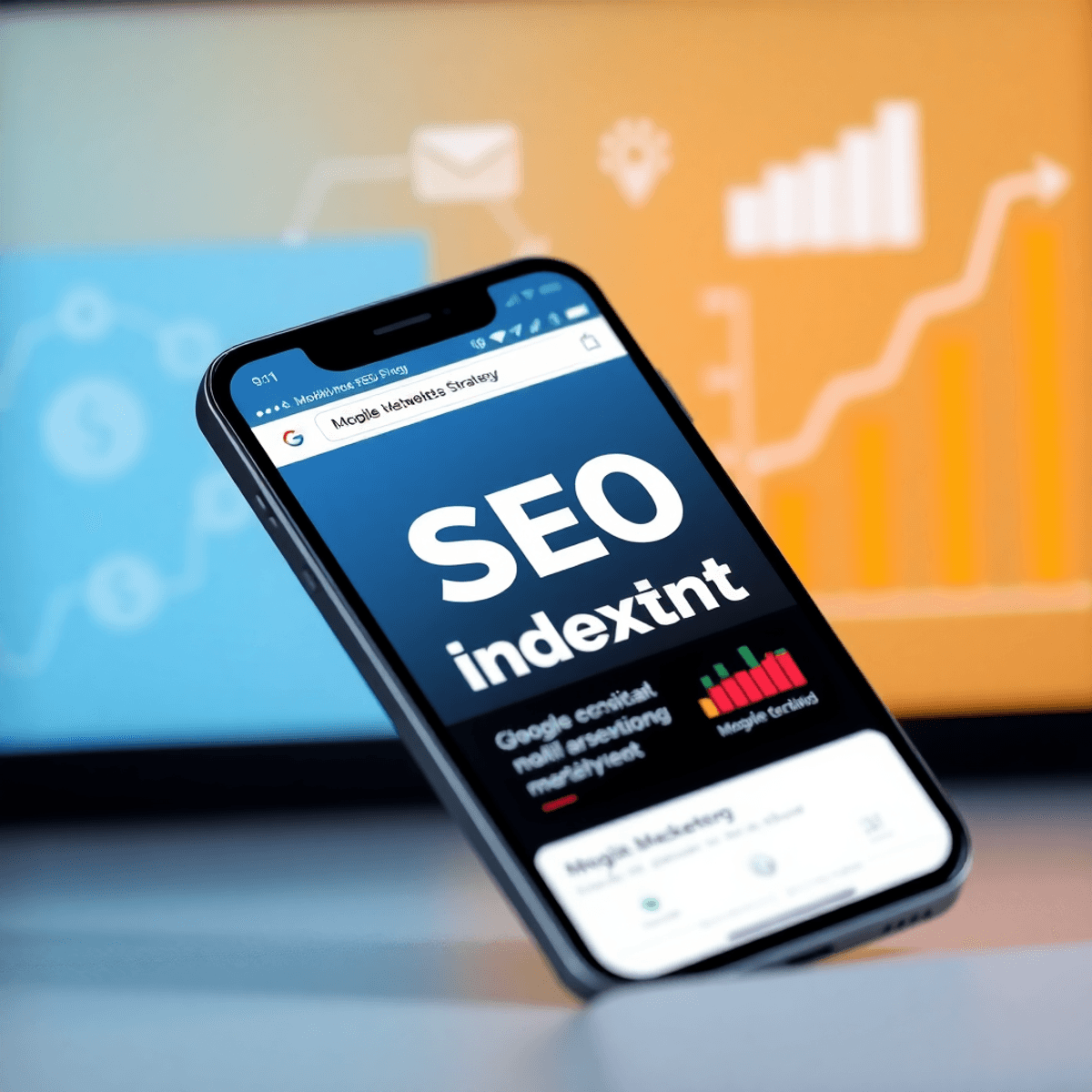At Alloy Marketing, we’ve spent over a decade helping businesses transform their digital presence through data-driven strategies. Our mission is to generate qualified leads and drive sales through targeted, cost-effective digital marketing solutions including SEO, Google Ads, Web Design and Email Campaigns.
Remarketing stands as a powerful tool in the PPC arsenal, enabling businesses to re-engage with users who’ve previously interacted with their brand. This strategic approach allows advertisers to display targeted ads to past website visitors as they browse other sites across the web.
The impact of remarketing on PPC performance is significant:
- Higher conversion rates: Users familiar with your brand are 70% more likely to convert
- Reduced cost per acquisition: Targeted campaigns often result in 30-40% lower CPAs
- Improved brand recall: Consistent exposure strengthens brand recognition
- Enhanced targeting precision: Detailed audience segmentation capabilities
In today’s competitive digital landscape, remarketing has become essential for businesses seeking to maximise their advertising ROI. By leveraging user behaviour data and creating personalised ad experiences, companies can build stronger connections with their target audience and drive meaningful results.
To further enhance these efforts, we also offer CRM setup services that improve customer conversion and satisfaction by providing your business with vital functionality. Additionally, our email marketing agency specializes in strategy and automation to help convert and retain customers effectively.
Understanding Remarketing in PPC Advertising
Remarketing in PPC advertising is a strategic way to reconnect with users who have previously engaged with your website or mobile app. This effective targeting method enables businesses to show customised ads to specific groups of people based on their past actions and interactions.
How Remarketing Works
Think of remarketing as a digital reminder system:
- A user visits your website but leaves without making a purchase
- Your ads follow them across various platforms and websites
- These personalised reminders keep your brand in their mind while they decide
The Benefits of Remarketing
The advantages of using remarketing for improving conversions are significant:
- Higher Conversion Rates: Users who know your brand are 70% more likely to convert
- Lower Cost Per Click: Remarketing campaigns usually have 2-3 times lower CPCs than regular campaigns
- Better Brand Recall: Frequent exposure builds trust and recognition
- Precise Audience Targeting: Segment visitors based on specific pages viewed or actions taken
- Improved Return on Investment: Focus on potential customers who have shown genuine interest in your products
Personalised Messaging in Remarketing
Remarketing campaigns stand out because they can deliver customised messages. For example, a visitor who left items in their shopping cart might see different ad content compared to someone who only looked at your services page. This level of personalisation creates relevant, timely interactions that encourage engagement and increase the likelihood of conversion.
1. Audience Segmentation for Effective Remarketing Campaigns
Precise audience segmentation is crucial for successful remarketing campaigns. By dividing your audience into specific groups based on their behaviours, interests and characteristics, you create opportunities for highly personalised ad experiences that resonate with each segment.
Key Segmentation Strategies:
- Website Behaviour: Time spent on specific pages, products viewed, cart abandonment status, number of previous visits
- Purchase History: Past transaction value, frequency of purchases, types of products bought, last purchase date
- Demographic Data: Age groups, location, device preferences, income brackets
These segments allow for tailored messaging that speaks directly to each group’s specific needs and interests. For example, a luxury retailer might create separate remarketing lists for high-value customers who browsed premium products versus first-time visitors exploring entry-level items.
Advanced Segmentation Techniques:
- Create custom combinations of behavioural and demographic data
- Set different membership durations for each segment
- Apply negative audience lists to exclude converted customers
- Use similar audiences to expand reach while maintaining relevance
Implementing these segmentation strategies enables precise targeting, reduced ad spend waste and improved conversion rates through personalised messaging that matches each audience segment’s specific stage in the customer journey.
2. Crafting Compelling Ad Copy and Creatives for Remarketing Success
Creating impactful remarketing ads requires a strategic combination of persuasive copy and attention-grabbing visuals tailored to your specific audiences. Your ad copy should acknowledge the visitor’s previous interactions while also providing a compelling reason for them to come back.
Essential Elements of High-Converting Remarketing Copy:
- Address specific pain points identified during initial visits
- Include time-sensitive offers to create urgency
- Highlight unique selling propositions relevant to each segment
- Incorporate social proof and trust signals
- Use direct, action-oriented language in CTAs
Visual Optimisation Strategies:
- Design variations for different placements and devices
- Maintain brand consistency while testing new creative approaches
- Use dynamic product feeds to showcase relevant items
- Implement A/B testing for image styles and formats
The key to successful remarketing creative is personalisation. For users who abandoned their shopping carts, display the exact products they left behind along with a special discount. For blog readers, offer related content that includes expert insights. For price-sensitive browsers, emphasise value propositions and limited-time deals.
CTA Best Practices:
- Use action verbs such as ‘Claim’, ‘Get’ or ‘Shop’
- Create a sense of urgency with phrases like ‘Limited Time’ or ‘Exclusive Offer’
- Personalise CTAs based on user intent with messages like ‘Complete Your Collection’ or ‘Continue Reading’
- Test different button colours and placements to ensure optimal visibility
Remember to regularly update your ad creative to prevent ad fatigue and maintain engagement levels across your remarketing campaigns.
3. Structuring Your Remarketing Campaigns for Optimal Performance
A well-structured remarketing campaign creates the foundation for successful optimisation and testing. The key lies in organising your ad sets strategically to maximise performance and maintain message consistency across your campaigns.
Essential Campaign Structure Elements:
- Create separate ad sets based on specific user behaviours
- Group similar audiences within the same campaign
- Implement logical naming conventions for easy tracking
- Set up distinct budgets for different audience segments
A/B Testing Framework:
- Test one variable at a time
- Run tests for statistically significant periods
- Document and analyse results systematically
- Apply winning variations across relevant campaigns
Maintaining consistent messaging throughout your remarketing campaigns builds brand recognition and trust. Your ad copy, visuals and calls-to-action should align with your brand guidelines whilst speaking directly to each audience segment’s specific needs.
Campaign Organisation Best Practices:
- Structure campaigns by product categories
- Segment by user intent and funnel stage
- Create separate mobile and desktop campaigns
- Use audience exclusions to prevent ad fatigue
Regular monitoring of campaign performance metrics helps identify opportunities for optimisation. By analysing data at both the campaign and ad set level, you can make informed decisions about budget allocation and targeting adjustments to improve your remarketing results.
4. Integrating Remarketing with Other PPC Tactics for Maximum Impact
Remarketing campaigns reach their full potential when integrated with other [PPC tactics](https://www.alloymarketing.co.uk/services/ppc) in a unified cross-channel strategy. By combining remarketing with paid search campaigns, businesses create multiple touchpoints across the customer journey, reinforcing brand messaging and increasing conversion opportunities.
Strategic Integration Benefits:
- Reduced cost per acquisition through targeted audience engagement
- Enhanced brand visibility across multiple platforms
- Improved audience data collection for refined targeting
- Higher conversion rates through coordinated messaging
A well-structured integration allows businesses to target users at different stages of their buying journey:
- Awareness Stage: Broad match keywords in search campaigns introduce your brand
- Consideration Stage: Remarketing displays showcase specific products or services
- Decision Stage: Dynamic remarketing presents personalised offers
- Post-Purchase: Cross-sell opportunities through tailored remarketing ads
Cross-Channel Synergy Examples:
- Use search campaign data to build custom remarketing audiences
- Adjust bid strategies based on user behaviour across channels
- Create lookalike audiences from successful paid search conversions
- Deploy sequential messaging across search and display networks
This integrated approach creates a seamless user experience while maximising the effectiveness of your advertising budget. By aligning remarketing efforts with other PPC tactics, businesses can create powerful campaign synergies that drive superior results.
In addition to PPC, incorporating [local SEO strategies](https://www.alloymarketing.co.uk/services/seo/local) into your marketing mix can further enhance your online visibility and attract more customers.
5. Using Long-Tail Keywords to Improve Your Remarketing Results
Long-tail keywords are powerful tools in remarketing campaigns. They offer precise targeting at lower costs compared to broader keywords. These specific, longer phrases accurately reflect user intent, making them invaluable for reconnecting with previous website visitors.
Benefits of Long-Tail Keywords in Remarketing
- Lower cost-per-click rates due to reduced competition
- Higher conversion potential from specific search intent
- Improved ad relevance scores
- Enhanced quality scores leading to better ad positions
How to Find Effective Long-Tail Keywords for Remarketing
- Analyse your website’s search terms report
- Study customer service enquiries
- Review competitor keyword strategies
- Examine industry-specific forums and discussions
Strategies for Implementing Long-Tail Keywords in Remarketing
- Create dedicated ad groups for related long-tail keywords
- Craft hyper-specific ad copy matching search intent
- Use dynamic keyword insertion for personalised messaging
- Build targeted landing pages addressing specific queries
Long-tail keywords are especially effective in remarketing when combined with user behaviour data. For example, targeting users who previously viewed specific product categories with related long-tail search terms can lead to conversion rates up to 4.8% higher than broad keyword campaigns.
A strategic approach involves mapping long-tail keywords to different stages of the customer journey. This ensures your remarketing efforts resonate with users based on their previous interactions with your brand.
In this context, implementing a robust CRM strategy can significantly enhance your understanding of customer behaviour and preferences. This understanding can then be leveraged to optimize your use of long-tail keywords in your remarketing efforts, ultimately leading to improved conversion rates and sales.
6. Continuous Monitoring, Testing and Optimisation in Your Remarketing Efforts
Successful remarketing campaigns require careful monitoring and regular improvement. A strong testing strategy helps identify what appeals to your audience and what needs to be changed.
Key Performance Metrics to Track:
- Click-through rates (CTR)
- Conversion rates
- Cost per acquisition (CPA)
- Return on ad spend (ROAS)
- Frequency metrics
- Time lag data
Essential A/B Testing Elements:
- Ad copy variations
- Visual elements
- Call-to-action buttons
- Landing page layouts
- Audience segments
- Bid strategies
Regularly analysing performance reveals patterns in user behaviour and campaign effectiveness. Set up automated alerts for significant metric changes and schedule weekly performance reviews to spot trends early.
Optimisation Best Practices:
- Adjust bid strategies based on device performance
- Remove underperforming placements
- Refresh ad creative to combat ad fatigue
- Update audience lists based on engagement data
- Fine-tune frequency caps
- Refine targeting parameters
Implement a structured testing calendar to maintain consistency in your optimisation efforts. Document all changes and their impact to build a knowledge base for future campaigns. This data-driven approach ensures continuous improvement and helps maintain campaign effectiveness over time.
7. Using Automation and AI Tools to Boost Your Remarketing Strategy
AI-driven solutions are changing the game for PPC remarketing by removing manual tasks and improving campaign performance through smart automation. These advanced tools look at large amounts of data to make quick bidding decisions and fine-tune campaign settings.
Key AI-Powered Features for Remarketing:
1. Smart Bidding Strategies
- Automated bid adjustments based on user behaviour
- Real-time optimisation for conversion value
- Dynamic allocation of budget across different audience segments
2. Predictive Analytics
- Audience propensity scoring
- Performance forecasting
- Behavioural pattern recognition
Machine learning algorithms continuously analyse historical data to identify high-value audience segments and adjust bids accordingly. These systems can predict which users are most likely to convert and automatically allocate higher bids for these prospects.
Advanced Automation Capabilities:
- Automated A/B testing of ad variations
- Dynamic creative optimisation
- Intelligent budget pacing
- Cross-channel attribution modelling
These AI-powered tools integrate seamlessly with existing remarketing campaigns, providing granular control while reducing time-intensive manual optimisations. The system learns from each interaction, constantly refining its approach to deliver improved results.
By leveraging these automated solutions, advertisers can focus on strategic planning whilst AI handles the tactical execution of remarketing campaigns.
8. Ensuring Landing Page Relevance and Optimisation for Enhanced Conversions
Landing page optimisation is a crucial part of successful remarketing. A well-designed landing page provides a smooth experience for returning visitors, meeting their specific needs and interests based on previous interactions.
Key Elements of High-Converting Landing Pages:
- Personalised Content: Display tailored messaging that reflects the visitor’s previous engagement with your brand
- Clear Value Proposition: Highlight specific benefits relevant to each remarketing segment
- Trust Signals: Include testimonials, reviews and security badges to build credibility
- Mobile Responsiveness: Ensure optimal performance across all devices
- Fast Loading Speed: Maintain quick page load times to reduce bounce rates
Demographic-Specific Optimisation
Different visitor segments respond to varying design elements and content structures. Consider these customisation approaches:
- Age-specific imagery and language
- Location-based offers and pricing
- Industry-specific case studies
- Behaviour-based product recommendations
Testing Elements for Conversion Rate Optimisation
- A/B test headline variations
- Experiment with different CTAs
- Test form length and placement
- Analyse heat maps for user behaviour
Regular performance monitoring through analytics tools helps identify areas for improvement. Track metrics like bounce rate, time on page and conversion rates to refine your landing page strategy continuously.
9. Strategic Budget Allocation Techniques to Maximise Your Remarketing ROI
Effective budget management is crucial for achieving the best possible return on investment (ROI) from your remarketing efforts. By using data to guide your budget allocation decisions, you can improve the performance of your campaigns while minimising unnecessary spending.
Key Budget Allocation Strategies:
- Performance-Based Distribution: Allocate higher budgets to keywords and audience segments demonstrating strong conversion rates and ROI
- Day-Parting Adjustments: Distribute budget based on peak performance hours, increasing bids during high-conversion periods
- Device-Specific Allocation: Adjust spending across devices based on historical performance data
- Geographic Targeting: Focus budget on locations showing highest engagement and conversion rates
Advanced Budget Optimisation Techniques:
- Implement automated bid strategies aligned with specific campaign goals
- Set custom bid adjustments for different audience segments
- Use bid multipliers for high-value customer segments
- Create separate budgets for different stages of the remarketing funnel
A strategic approach to budget allocation requires regular analysis of campaign metrics. Monitor key performance indicators such as Cost Per Acquisition (CPA), Return on Ad Spend (ROAS) and Click-Through Rate (CTR) to guide budget decisions.
Smart Budget Distribution:
- 50-60% towards best-performing campaigns
- 30-40% for moderately performing segments
- 10-20% for testing new audiences and strategies
Regular performance reviews enable swift reallocation of resources from underperforming campaigns to high-potential opportunities, ensuring optimal use of your remarketing budget.
10. Mapping the Customer Journey for Tailored Message Delivery Through Remarketing
Customer journey mapping creates a strategic framework for delivering targeted remarketing messages at each stage of the buying process. This approach allows businesses to craft personalised content that resonates with users based on their specific interactions and intent signals.
Key Journey Stages and Message Alignment:
- Awareness Stage: Display educational content, highlight brand values, share industry insights
- Consideration Stage: Present product comparisons, feature customer testimonials, showcase unique selling points
- Decision Stage: Offer exclusive deals, display urgency-driven promotions, include direct purchase calls-to-action
Advanced Journey Mapping Techniques:
- Behavioural Triggers: Page visit duration, cart abandonment patterns, product category interests
- Cross-Device Tracking: Mobile engagement metrics, desktop browsing habits, multi-platform interactions
By implementing these mapping methods, businesses can create remarketing campaigns that speak directly to user needs at each touchpoint. This targeted approach increases engagement rates and drives higher conversion values through personalised messaging strategies.
The success of journey-based remarketing relies on continuous data analysis and audience behaviour monitoring. Regular assessment of user interaction patterns helps refine targeting parameters and message timing for optimal campaign performance.
Conclusion
Remarketing is a powerful tool in the PPC toolkit, turning casual visitors into loyal customers through strategic engagement. The strategies outlined in this guide provide a solid framework for businesses looking to improve their PPC performance through remarketing.
Key takeaways for remarketing success:
- Segment audiences strategically
- Create compelling, personalised ad content
- Monitor and optimise campaigns continuously
- Leverage automation tools effectively
- Maintain landing page relevance
- Allocate budgets based on performance data
Improving PPC performance through remarketing requires dedication, testing and refinement. By implementing these proven techniques, businesses can expect higher conversion rates, lower acquisition costs and better ROI from their PPC investments.
Ready to transform your PPC campaigns? Start by implementing one strategy at a time, measure the results and build upon your successes. Your audience is waiting for meaningful engagement through targeted remarketing efforts.
FAQs
What is remarketing in PPC advertising and how does it enhance campaign performance?
Remarketing in PPC advertising involves targeting users who have previously interacted with your website or ads, allowing you to deliver personalized ads that increase conversion rates. It enhances campaign performance by keeping your brand top-of-mind and encouraging users to complete desired actions, ultimately improving ROI.
How can audience segmentation improve the effectiveness of remarketing campaigns?
Audience segmentation allows you to divide your target audience based on behaviours, demographics or interests, enabling personalized ad experiences. By tailoring remarketing messages to specific segments, you can increase engagement and conversions through more relevant and compelling ads.
What are best practices for crafting compelling ad copy and creatives in remarketing?
Effective remarketing ads should include persuasive copywriting techniques, strong calls-to-action (CTAs) and engaging visuals tailored to each audience segment. Optimizing creatives for different segments ensures higher relevance, which boosts click-through rates and conversion performance.
How should remarketing campaigns be structured for optimal PPC results?
Organizing remarketing campaigns into cohesive ad sets facilitates better optimization through A/B testing and consistent messaging. Structured campaigns allow precise targeting and efficient budget allocation, leading to improved overall campaign performance.
Why is integrating remarketing with other PPC tactics beneficial?
Integrating remarketing with paid search and cross-channel strategies targets users at various stages of the customer journey. This comprehensive approach increases touchpoints, improves user engagement and maximizes conversions by delivering timely and relevant ads across platforms.
How do automation and AI tools enhance remarketing strategies in PPC advertising?
AI-driven tools automate bid adjustments, optimize campaign settings and provide data-driven insights for continuous improvement. Leveraging automation streamlines campaign management, increases efficiency and helps achieve better results by dynamically adapting to user behaviour in real-time.


